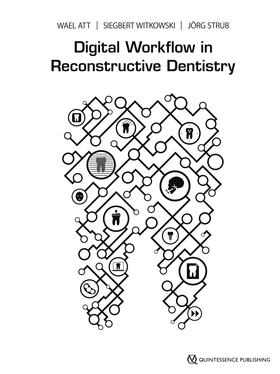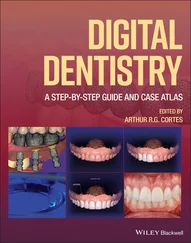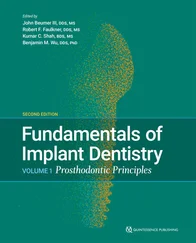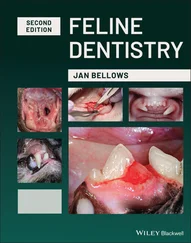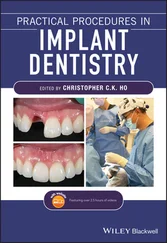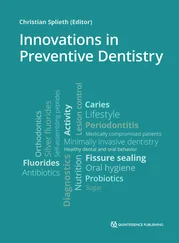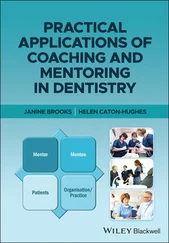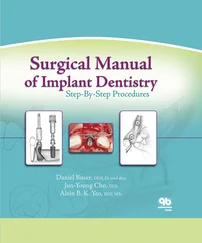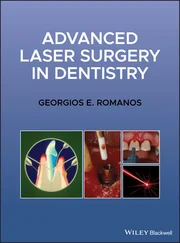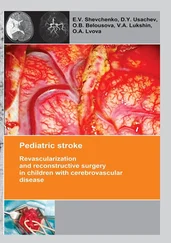Conclusions
Desktop scanners are offered in a wide range of products regarding hard- and software, mostly included in a specific business model by the provider. The decision for certain equipment should be based on the individual needs of the used fields. With increased scanner capability, the necessary times for scan and calculation increases too and can be an issue when operating. Flexible scan software should allow adaptation for individual use of the multiple indications. Some scanners are already set up with the possibility to easily link with additional information, such as individual 3D articulation, facial 3D scans, and 3D diagnostic information. When purchasing a product, the respective software version should be up to date, as should the computer hardware.
References
1.Kim S-R, Lee W-S, Kim W-C, Kim H-Y, Kim J-H. Digitization of dental alginate impression: three-dimensional evaluation of point cloud. Dent Mater J 2015;34:835–840.
2.Persson M, Andersson M, Bergman B. The accuracy of a high-precision digitizer for CAD/CAM of crowns. J Prosthet Dent 1995;74:223–229.
3.Alghazzawi T. Advancements in CAD/CAM technology: options for practical implementation. J Prosthodont Res 2016;60:72–84.
4.Tapie L, Lebon N, Mawussi B, Fron Chabouis H, Duret F, Attal JP. Understanding dental CAD/CAM for restorations – the digital workflow from a mechanical engineering viewpoint. Int J Comput Dent 2015;18:21–44.
5.Wikipedia: 3D scanning. Available at: https://enwikipediaorg/wiki/3D_scanning[last accessed November 5, 2018].
6.Standard ISO 12836:2015. Dentistry – digitizing devices for CAD/CAM systems for indirect dental restorations – test methods for assessing accuracy. Berlin, Germany: Beuth Publishing, 2015.
7.Standard DIN ISO 5725-1 (1997-11). Accuracy (trueness and precision) of measurement methods and results – part 1: general principles and definitions (ISO 5725-1:1994). Berlin, Germany: Beuth Publishing, 1997.
8.Flügge TV, Nelson K, Nahles S, Metzger MC. Precision of intraoral digital dental impressions with iTero and extraoral digitization with the iTero and a model scanner. Am Orthod Dentofacial Orthop 2013;144:471–478.
9.Lee W, Park J, Kim J, Kim H, Kim W, Yu C. New approach to accuracy verification of 3D surface models: an analysis of point cloud coordinates. J Prosthodont Res 2016;60:98–105.
10.Persson A, Andersson M, Oden A, Sandborgh-Englund G. A three-dimensional evaluation of a laser scanner and a touch-probe scanner. J Prosthet Dent 2006;95:194–200.
11.Persson AS, Andersson M, Oden A, Sandborgh-Englund G. Computer aided analysis of digitized dental stone replicas by dental CAD/CAM technology. Dent Mater 2008;24:1123–1130.
12.DeLong R, Heinzen M, Hodges JS, Ko CC, Douglas WH. Accuracy of a system for creating 3D computer models of dental arches. J Dent Res 2003;82:438–442.
13.Shembesh M, Ali A, Finkelman M, Weber H, Zandparsa R. An in vitro comparison of the marginal adaptation accuracy of CAD/CAM restorations using different impression systems. J Prosthodont 2017;26:581–586.
14.Lemos LS, Rebello IM, Vogel CJ, Barbosa MC. Reliability of measurements made on scanned cast models using the 3 Shape R 700 scanner. Dentomaxillofac Radiol 2015;44:20140337.
Конец ознакомительного фрагмента.
Текст предоставлен ООО «ЛитРес».
Прочитайте эту книгу целиком, купив полную легальную версию на ЛитРес.
Безопасно оплатить книгу можно банковской картой Visa, MasterCard, Maestro, со счета мобильного телефона, с платежного терминала, в салоне МТС или Связной, через PayPal, WebMoney, Яндекс.Деньги, QIWI Кошелек, бонусными картами или другим удобным Вам способом.
